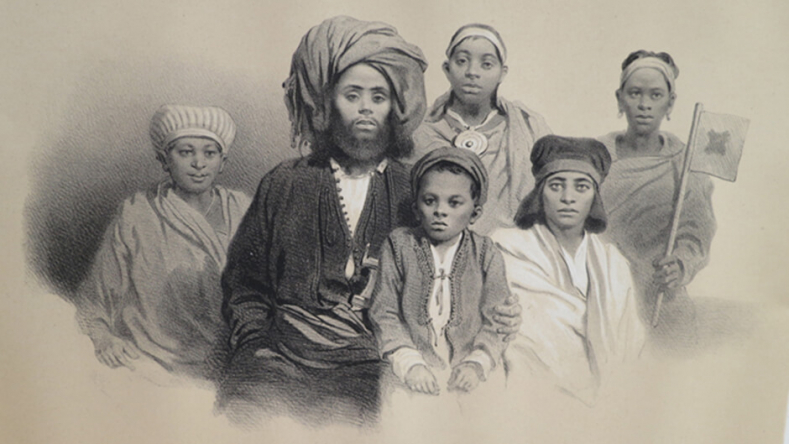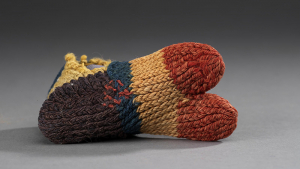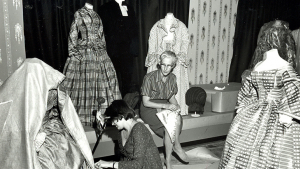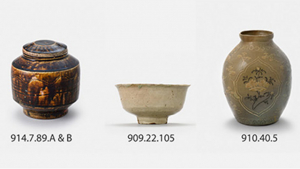It is now widely recognized that cloth has linked the world for centuries, if not millennia, and driven much of the global economy since ancient times. The desire to adorn oneself and one’s home in sturdy or beautiful textiles has driven humans to trade across thousands of miles, and to develop ingenious technologies for supplying the seemingly endless demand. Yet in this global story, East Africa has often been excluded.
This 5-year research project, funded by an Insight Grant from the Social Science and Humanities Research Council of Canada, explores this phenomenon as it developed in the Western Indian Ocean world from 1700-1900.
This area comprises the interconnected port cities and hinterlands of western India, southern Arabia (Oman and Yemen) and the eastern half of sub-Saharan Africa: from Somalia down the Swahili coast to northern Mozambique, and to the offshore islands of the Comoros and Madagascar. In the 18th and particularly 19th century, this area become ever more linked through the world demand for the natural products of East Africa, and the demand in East Africa for the cotton and silk textiles of India, Oman and later – Europe and the U.S..
Akin to the ‘Textiles of the Silk Road Project’ based at the Silk Museum of Hangzhou, this project focuses on the actual, physical textiles of the trade, to understand the roles played by colour, fibre, design, finishes and technique in meeting existing consumer desire, and creating new ones.
The three main pillars are
1. Tracing cloth imports into East Africa. What specific kinds of handwoven Asian textiles were demanded by specific communities, and how and why did they change over time?
2. How did merchants and weavers in Arabia and India in the 19th century tailor their products to please East Africa’s consumers and niche markets?
3. How did handweavers in Africa respond to the new fibers, colours and patterns of these imports?
Textual, visual and above all actual objects will all be examined in the course of the project to answer these questions.
Please check back to this site regularly, as we will be adding finding updates, blogs, and images regularly!





